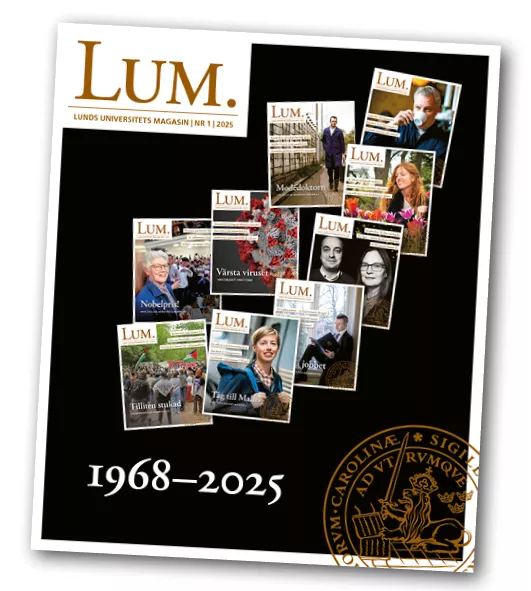“Yes, there is a stereotype of people who work with dead people, which perhaps contributes to the mystification of both the profession and death. At the same time, more and more people have come to realise how important knowledge of death is for us to understand life – how diseases develop and which treatments work,” says Elisabet Englund.
Research and teaching
She is a senior consultant in neuropathology and an adjunct professor at Lund University. However, it was pure coincidence that led Elisabeth Englund to begin her research career at the Division of Pathology and she started by asking the professor at the time what a pathologist actually does:
“I suppose I wasn’t paying enough attention when I studied the pathology course! But then I had the opportunity to help study how Alzheimer's disease affects the brain, and it was so interesting that I was hooked.”
Her research mostly focuses on various dementia diseases and stroke, where her area of specialisation is the white tissue of the brain that connects all nerve cell bodies. But she also recently studied the coronavirus, which she has observed in the brain of many deceased patients with Covid-19.
“It is incredibly exciting to try to understand how the brain works. It is our soul, our self and an organ that is difficult to understand with its electrical signals and many substances and hormones. In addition, each small area of the brain represents different specific functions. That is more than you can say about the liver, for example!”
However, less than five per cent of the pathologist's time is spent on autopsies. Most of Elisabet’s time is dedicated to the analysis of tissue samples from living patients. For example, tumour diagnoses or inflammatory bowel or kidney diseases, where a diagnosis is sometimes urgent to be able to initiate treatment.
Must get used to dead bodies
Elisabet Englund also teaches medical students at autopsy demonstrations:
“The first time it is often met with disgust and horror. The students have to get used to a dead body, it is partly the smell and partly the fact that they must cut into the body of a deceased human being. Really there should be more than just a few autopsy sessions, as is the case today, for the students to understand what to look for and to have the opportunity to compare with what they have seen in previous examinations.”
Amanuenses, students who are a few years ahead in the programme, are employed to assist at the autopsy demonstrations. They become a combination of friend and supervisor and can help to support the students.
Sometimes someone faints
“Most of the students manage the demonstration very well, but we are always vigilant in the event that someone faints or needs to take a break in the rest room.”
Elisabet Englund thinks that the best thing about teaching is to have a group of students who are a bit unruly and perhaps a bit scared or negative at the beginning. Then, during the autopsy, they have an aha-experience and see the benefits of the autopsy process:
“Put simply, they understand how to use death as a textbook on life. When they start to ask relevant questions that show they are thinking ahead, I am delighted they have found the right path and will make a difference in their future professional roles.”




